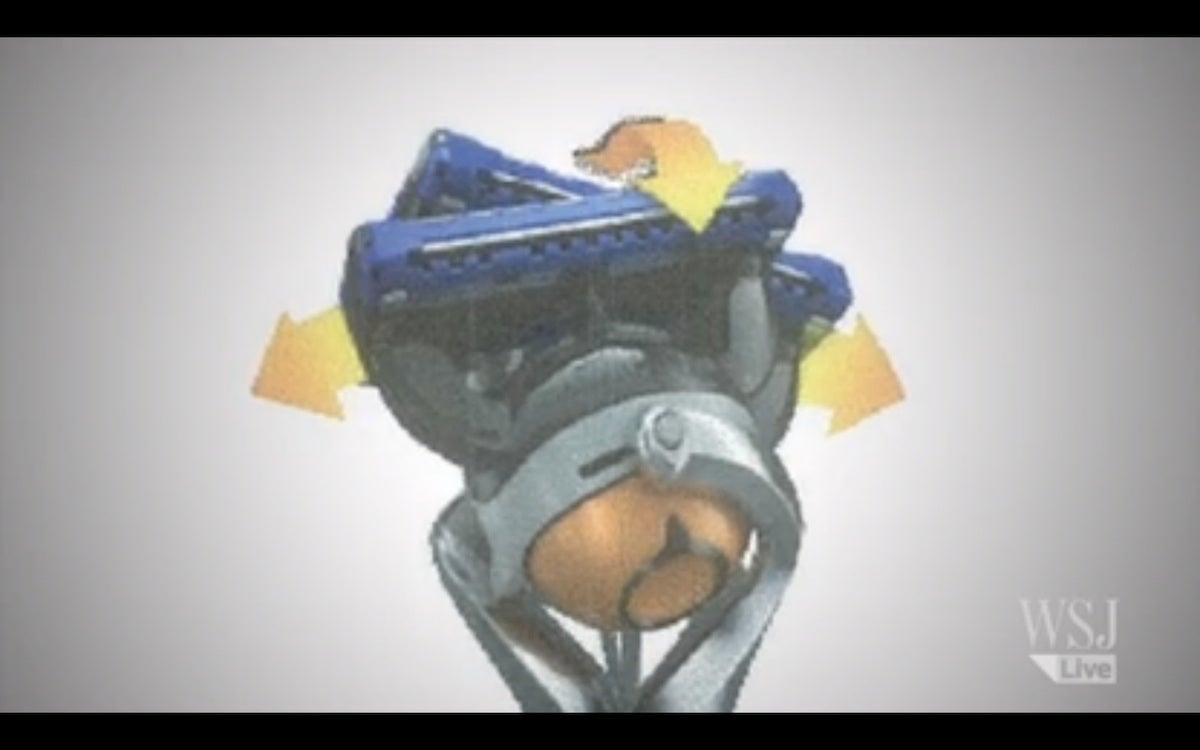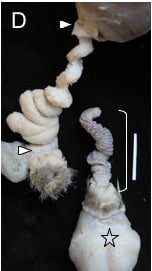What Gillette’s new FlexBall razor and duck genitalia have in common
Evolution can sometimes produce some rather weird results.

Evolution can sometimes produce some rather weird results.
Gillette is releasing a new razor at the end of this month called the ProGlide FlexBall, reports the Wall Street Journal (paywall). The blade itself is mounted on a large, ball-like armature that swivels to let it follow the curves of a face ever so slightly more accurately, capturing more hairs on each pass and cutting them a whole 23 microns (about one-fortieth of a millimeter) shorter.

Why create such an extravagant system—which reportedly took years of fine-tuning to get right— for so little gain? The answer, of course, is that razor manufacturers are locked in an evolutionary arms race for a greater share of men’s face-time in an era where the fashion is increasingly against shaving (though as a Quartz contributor writes today, that trend too might be about to turn).

Biology has a couple of parallels to this. In a 2007 article in PLOS One, Patricia Brennan of Yale University and her colleagues published some rather alarming pictures showing what can happen when competitors in an evolutionary arms race are constantly trying to outdo each other and none can gain the upper hand. Most birds have simple genitalia, but in some species of ducks and geese, the males have convoluted, spiraling penises up to 40cm (16 inches) long, and females have correspondingly convoluted vaginas. The two have co-evolved in species where the males force themselves on the females, so males have developed ever more extravagant tools for impregnation and the females have made it ever more difficult for them to reach their targets.
Biologically speaking, this parallel isn’t perfect; men’s faces have not been co-evolving with razors in an attempt to ward off the predations of razor manufacturers. But the increasingly desperate attempts of the razor companies to make their products stand out are starting to have similarly bizarre results.
How will all this end? A 2010 post at the Harvard Business Review suggested that at some point, a razor manufacturer will disrupt the entire market by reverting back to a single-blade razor. Maybe so; but it’s hard to think of a biological parallel for that.